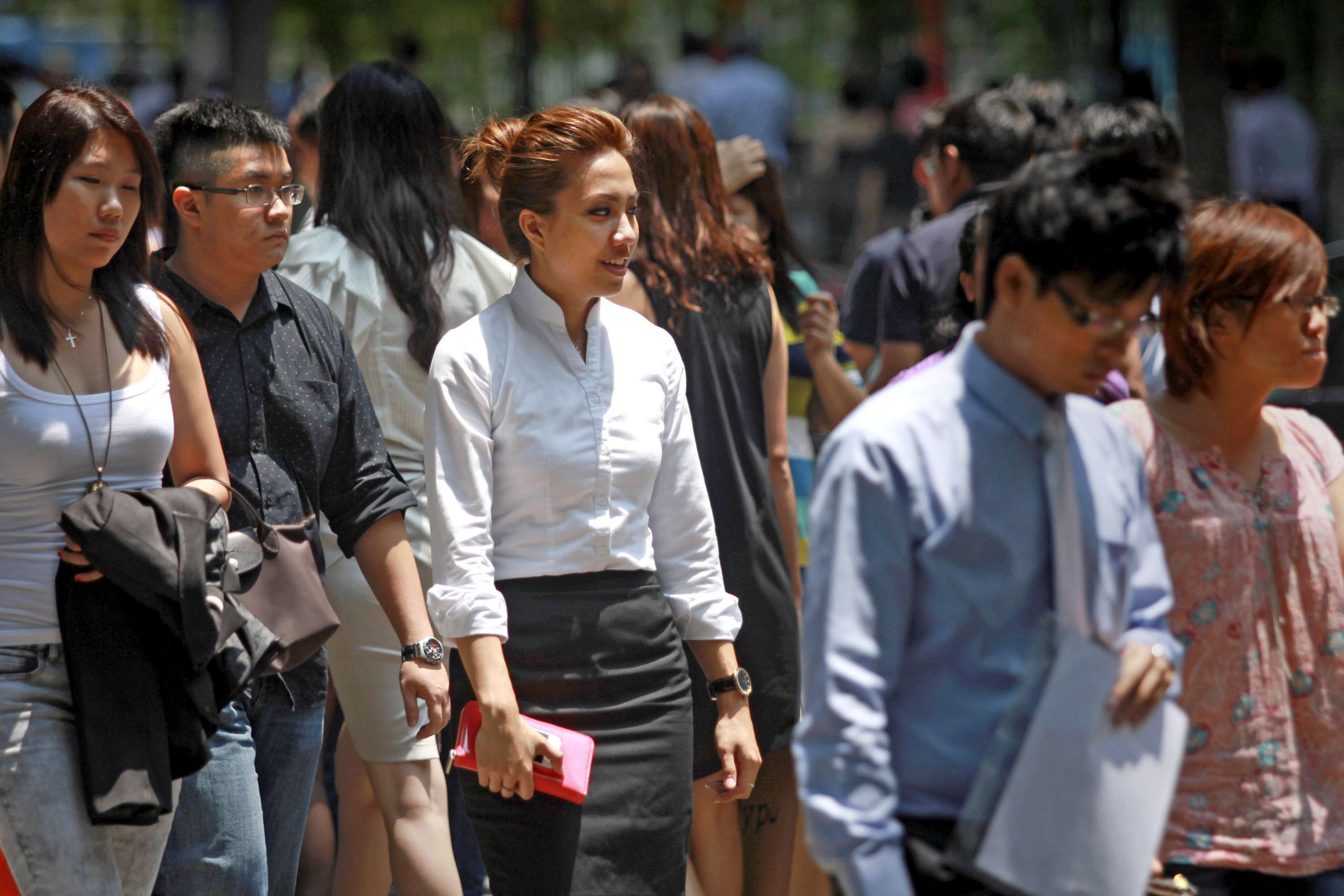TL;DR – Actually the most important question is whether there are more jobs than there are people looking for jobs.
The headlines screamed: “Higher unemployment rate, more retrenchments in Q2: MOM”.
That gave fodder to some ardent opposition supporters. “See la. Gahmen must be doing a bad job. That’s why unemployment is higher”, some of them said.
But is it really as bad as they made it out to be?
If you look beyond the headlines (and actually read the whole labour market report), here are the things you’ll see:
Unemployment rate is indeed up… but… only ever so slightly
Yes. The unemployment rate is indeed up. The unemployment rate for residents went from 2.8% in the first quarter of this year to 2.9% in the second quarter. That is still lower than the unemployment rate of residents in 2017, which hovered around 3.1%.
Similarly, the unemployment rate of citizens did increase, going from 3.0% in the first quarter of this year to 3.1% in the second quarter. That is still better than the situation last year, where unemployment rate of citizens hovered around 3.3%.
In other words, the unemployment situation in Singapore really isn’t that much different this quarter compared to the last, and is still better than last year.
More retrenched in 2Q than in 1Q but… less than last year
In the second quarter of 2018, 3,030 people were retrenched.
This is about 700 more than first quarter, where 2,320 people were retrenched (MOM’s statistics doesn’t tell us if those retrenched were citizens, PRs or foreigners…). This is still lower than the number of people retrenched in each quarter last year, which hovered around 3,600 people retrenched per quarter.
What’s encouraging is that the percentage of retrenched workers who found jobs within 6 months improved in the second quarter of this year.
In the first quarter of this year, only 61.0% of people who were retrenched managed to find jobs within six months of being retrenched. In the second quarter of this year, that percentage improved to 64.3%. Surely that’s a good thing, right?
More people looking for jobs
This was included in a headline of one of the news articles in mainstream media. Some ardent opposition supporters accused the mainstream media of coming up with some rubbish to spin the labour market data.
But it’s not rubbish. If you look at the data, that’s exactly what the data suggests.
Yes, in June 2018, a total of 67,300 residents, including 59,800 citizens, were unemployed, higher than the levels in March 2018 (residents: 64,800, citizens: 57,600).
BUT the total number of people employed in Singapore had increased by 6,500. The increase came mainly from transportation and storage, information and communications, and health and social services. Sectors which traditionally have more foreigners such as construction, retail trade, and food services actually employed less people in the second quarter of this year.
So it’s likely that the increase in the total number of people employed are due to more residents and citizens being employed.
If the total number of residents and citizens employed had increased, how could the number of residents and citizens who are unemployed have also gone up? Our population hasn’t expanded much (if at all) within a quarter.
The only explanation is that there are more people looking for jobs.
These could be people who had left the labour market to start their own business, or to pursue further studies, or even mothers who have decided to rejoin the workforce.
More jobs than people looking for jobs
The most important figure that we should look at is whether there are more jobs than there are people looking for jobs.
In Singapore, that is indeed the case. In the second quarter of 2018, there were 108 job vacancies for every 100 people looking for jobs. That is higher than in the first quarter of 2018, where there were 104 job vacancies for every 100 people looking for jobs.
We don’t know whether these are good paying jobs or low paying jobs. But what we do know is that with the government being a lot more strict about approving work permits and employment passes for foreigners, employers will have to do more to entice Singaporeans and residents to take up those job vacancies. This likely means that the salaries of the job vacancies shouldn’t be too far off what Singaporeans and residents would expect.
Separately, labour MP Patrick Tay also shared his thoughts about the report on Facebook, and there’re some interesting insights.
But do we have the right skills to get those jobs?
The question remains whether we have enough Singaporeans and residents who have the right skills to take up those jobs.
Personally, I know of so many different tech companies (from startups, to multi-million dollar companies) who are desperately hunting for software engineers, data scientists, cyber-security engineers, and product managers. And they are willing to pay top dollar. But they aren’t able to find Singaporeans with the right skills. Many of these companies and even startups are casting their net globally to attract top talents.
So here’s an unpopular opinion for you: Rather than agonise over what the headlines say, what’s more important is to do our best to have the right set of skills.
